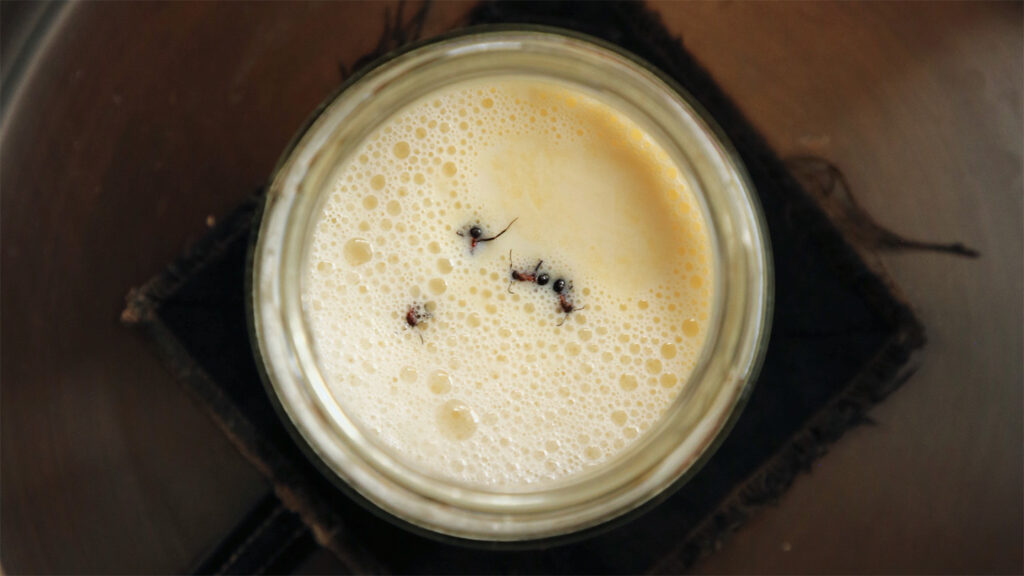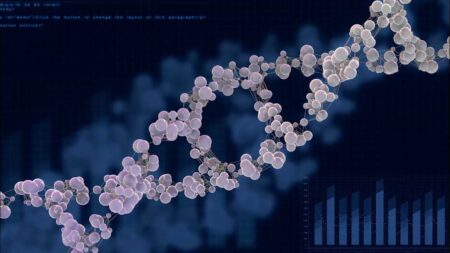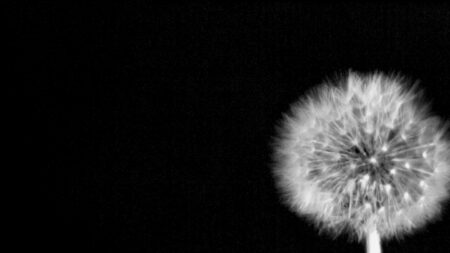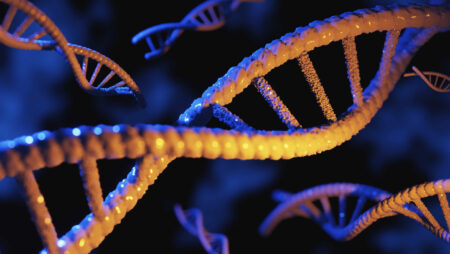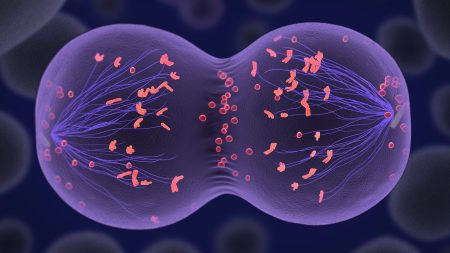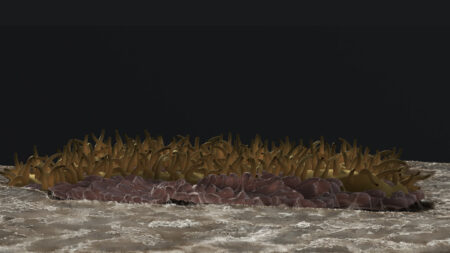In parts of Eurasia, the key to a tangy yogurt treat scurries along the forest floor.
Red wood ants and their microbes acidify and thicken milk, helping ferment the liquid into creamy yogurt, researchers report October 3 in iScience. Living insects, not frozen or dehydrated ants, are the best option to create the right microbial and chemical environment.
Yogurt making dates to around 7,000 years ago. Modern industrialized techniques have streamlined the process to include just a few acid-producing microbes. But traditional practices are more varied, introducing multitudes of bacterial species. In parts of Turkey, people have started yogurt cultures with pinecones or chamomile flowers.
Factory-made yogurt ensures the food is safe to eat, and that companies can make more to sell. With such a controlled process, ŌĆ£we reach a point that is the perfect middle ground for everyone in the flavor profile,ŌĆØ says Veronica Sinotte, a microbial ecologist at the University of Copenhagen. The taste of homemade yogurt, on the other hand, varies depending on who made it and how. Community members in the Bulgarian ancestral home of anthropologist Sevgi Mutlu Sirakova, for instance, note that ŌĆ£if they were given a lineup of yogurts, they could tell us which house the yogurt came from.ŌĆØ
SirakovaŌĆÖs family village is part of the region where the practice of making yogurt with help from red wood ants (Formica rufa and F. polyctena) was once popular. There, Sinotte, Sirakova, of Ludwig-Maximilians-Universit├żt M├╝nchen in Germany, and their team placed four live ants into a jar of warmed raw cowŌĆÖs milk. They then buried the jar in an ant mound, where the nest kept the mixture warm for fermenting overnight. The next day, the now acidic milk had entered the early stages of becoming yogurt, tasting tangy and herbaceous.
Molecular analyses showed that F. polyctena ants harbor lactic and acetic acid-producing bacteria that thicken milk, including Fructilactobacillus sanfranciscensis, a species also found in sourdough. The ants contribute formic acid, a chemical defense against predators, to the mix too. Milk-digesting enzymes from both ants and bacteria help break the milk down into creamy yogurt.┬Ā
Frozen or dehydrated ants carry microbes that donŌĆÖt ferment milk as well as living ants do, the team found. But live ants can be infected with a parasite that can, in rare cases, cause liver or gastrointestinal disease, Sinotte says. ŌĆ£I donŌĆÖt suggest your average person go make it at home.ŌĆØ
Read the full article here





